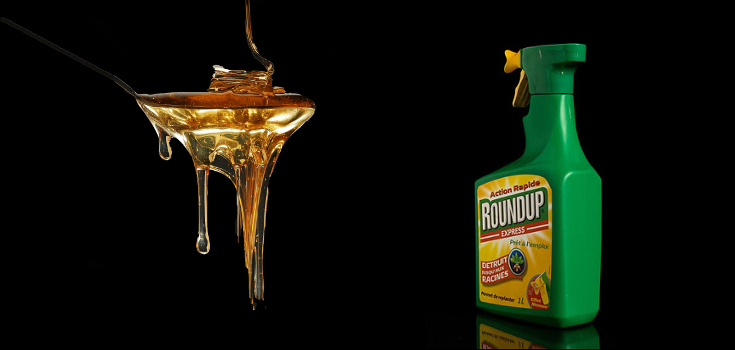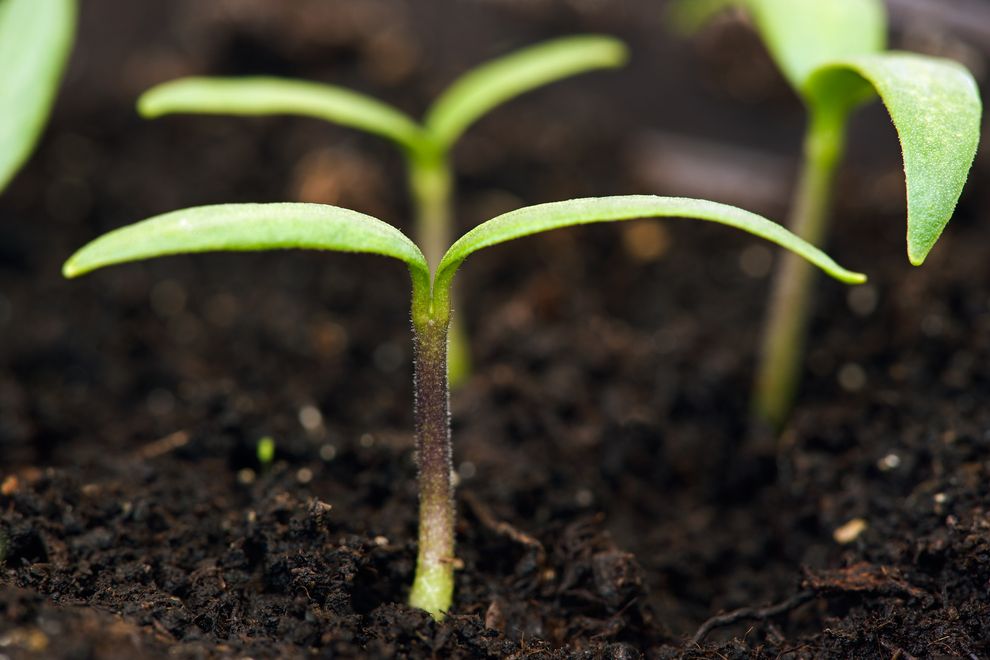
A recent study shows that fertilizer could be a bad thing for the world's grasslands. According to background information from the study, additional nitrogen found in the compounds could increase the amount of grass that is grown. However, this crowds other better admitted animals, for the exception of the small number of species that thrive from the compounds. This results in wilder swings in the amount of available forage. “More nitrogen means more production, but it's less stable,” said Johannes M.H. Knops, a University of Nebraska-Lincoln biologist and one of the paper's international co-authors, via a press release.”There are more good years and more bad years. Not all years are going to be good and the bad years are going to be worse.” For this sthree-year study, researchers monitored real-world grasslands at 41 locations on five continents. The sites included such places as tallgrass praries in the United States, grasslands in China, pastures in Switzerland and savanna in Tanzania.
Fertilizer could be too much of a good thing for the world's grasslands, according to study findings to be published online Feb. 16 by the journal Nature.
The worldwide study shows that, on average, additional nitrogen will increase the amount of grass that can be grown. But a smaller number of species thrive, crowding out others that are better adapted to survive in harsher times. It results in wilder swings in the amount of available forage.
“More nitrogen means more production, but it's less stable,” said Johannes M.H. Knops, a University of Nebraska-Lincoln biologist and one of the paper's international co-authors. “There are more good years and more bad years. Not all years are going to be good and the bad years are going to be worse.”
The three-year study monitored real-world grasslands at 41 locations on five continents. The sites included alpine grasslands in China, tallgrass prairies in the United States, pasture …
Fertilizer is also added unintentionally in many places around the world as nitrogen, a common fertilizer, enters the atmosphere from farming, industry and burning of fossil fuels in automobiles. Rainfall washes nitrogen from the atmosphere onto grasslands, changing the growth and types of plant species. This study placed measured amounts of fertilizer on a portion of the research sites and measured the ensuing changes. Hautier said the study shows that “we need to consider not just how productive ecosystems are but also how stable they are in the long term, and how biodiversity is related to both aspects of ecosystem functioning.” Researchers further discuss concerns regarding elevated levels of mineral nitrogen in the environment. According to Knops, fertilizer overuse could increase the detrimental effects of drought on grasslands, such as the drought that devastated cattle herds in Texas and Oklahoma from 2011 to 2013. Researchers also believe that it could increase the risk of erosion, through reduction of bland cover and water filtration.
Please Read this Article at NaturalBlaze.com





Leave a Reply